Home>Garden Essentials>When To Cut New Grass Grown From Seed
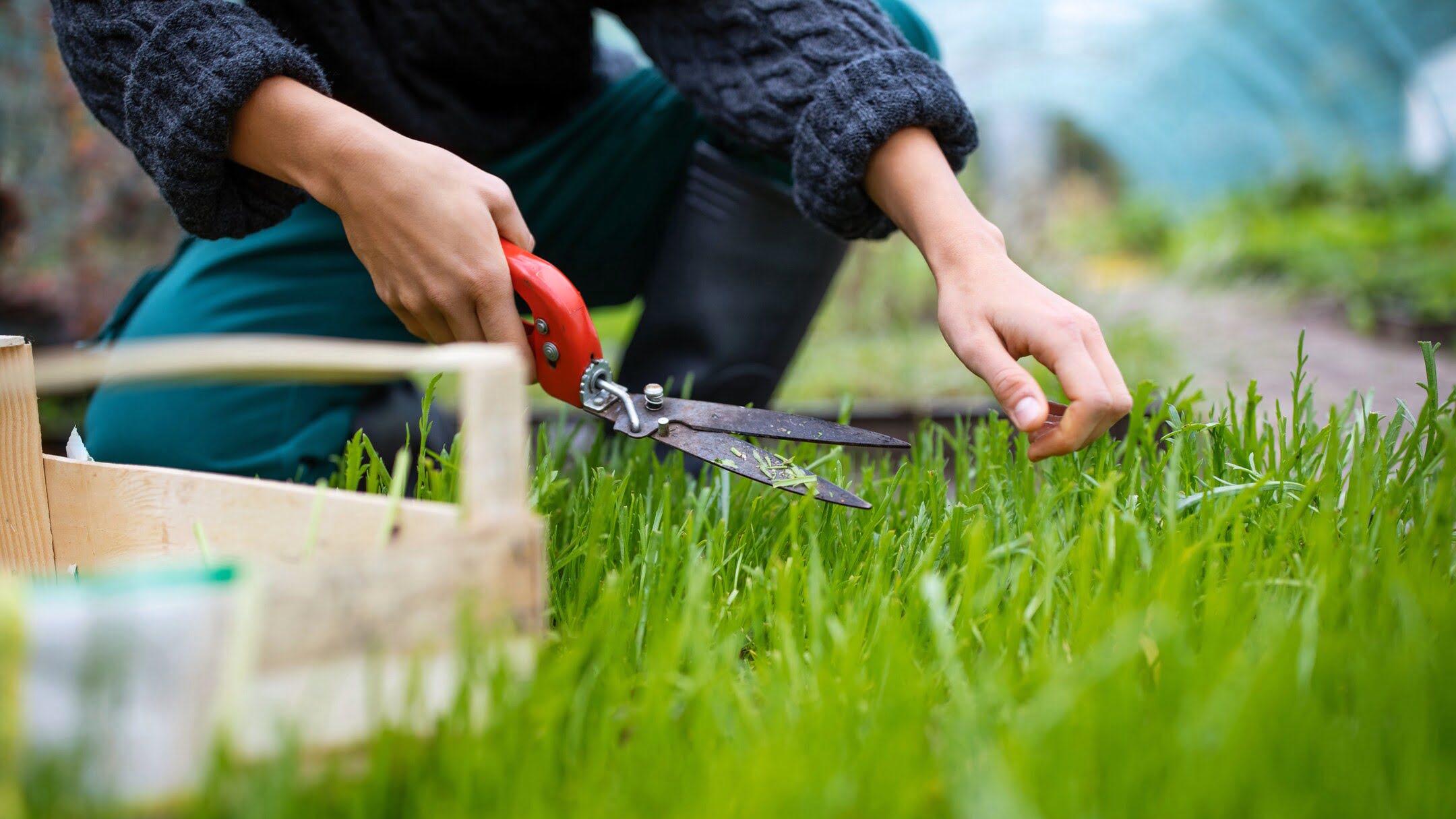

Garden Essentials
When To Cut New Grass Grown From Seed
Modified: March 28, 2024
Learn when to cut new grass, grown from seed, in your garden. Find out the best timing for a healthy and well-maintained lawn.
(Many of the links in this article redirect to a specific reviewed product. Your purchase of these products through affiliate links helps to generate commission for Storables.com, at no extra cost. Learn more)
Introduction
Growing a lush, green lawn from seed can be a rewarding experience for any gardener. However, knowing when to cut new grass that has grown from seed is just as important as the initial planting process. Cutting the grass at the right time will not only promote healthy growth but also contribute to the overall appearance and longevity of your lawn.
While it may be tempting to grab your lawnmower as soon as you see those green shoots poking through the soil, it’s essential to exercise patience and consider a few important factors before reaching for your cutting blades.
In this article, we will guide you through the factors to consider before cutting new grass grown from seed, provide signs to look for indicating that it’s time to mow, and offer tips on the proper cutting height and techniques for a thriving lawn.
So, let’s get started!
Key Takeaways:
- Timing is crucial when cutting new grass grown from seed. Wait until it reaches 3-4 inches in height to ensure strong roots and healthy growth.
- Consider factors like weather, grass density, and foot traffic before mowing. Proper equipment and techniques are essential for a well-groomed, healthy lawn.
Read more: When To Cut New Grass Seed
Factors to Consider
Before you reach for your lawnmower, there are several factors to consider when deciding whether it’s the right time to cut new grass grown from seed. Taking these factors into account will help you make an informed decision and ensure the health and vitality of your lawn.
Here are the key factors to consider:
- Grass Growth and Maturity: The first factor to evaluate is the growth and maturity of the grass. New grass seedlings need time to establish strong roots before they can be subjected to mowing. Typically, it’s best to wait until the grass reaches a height of about 3 to 4 inches before considering cutting it for the first time.
- Weather and Season: The weather and season also play a crucial role in determining when to cut new grass. It’s important to take into account the temperature, moisture levels, and sunlight exposure. Ideally, you should wait until the grass has had a chance to fully establish and is actively growing before mowing. Generally, spring and early fall are the best times for cutting new grass, as the weather tends to be more favorable and conducive to growth.
- Height and Density of Grass: Another factor to consider is the height and density of the grass. If the grass is sparse or patchy, it may be best to wait until it fills in and becomes more established. Ensuring that the grass has reached a sufficient height and has a dense enough coverage will help maintain its health and promote further growth.
- Foot Traffic and Use: If your lawn will be subjected to regular foot traffic or other activities, it’s important to factor this into your decision about when to cut new grass. Waiting until the grass is strong enough to withstand these activities will minimize damage and allow for proper regrowth.
- Disease and Pest Prevention: Cutting new grass too early can increase the risk of disease and pest infestations. It’s crucial to allow the grass to mature and develop a strong root system, which will help fend off potential issues. Waiting for the proper time to mow will reduce the likelihood of introducing stress to the grass, which can make it more susceptible to diseases and pests.
By considering these factors, you can ensure that you’re making a well-informed decision about when to cut new grass grown from seed. This will contribute to the overall health and beauty of your lawn for years to come.
Grass Growth and Maturity
Understanding the growth and maturity of new grass is essential when deciding the right time to cut it. It’s crucial to allow the grass to establish a strong root system and develop healthy blades before subjecting it to the stress of mowing.
Here are some key points to consider regarding grass growth and maturity:
- Root Development: After planting grass seed, the first stage of growth is root development. During this period, the grass’s energy is primarily focused on establishing a strong network of roots. This is a critical phase as it ensures that the grass is securely anchored and capable of absorbing water and nutrients from the soil. It’s recommended to wait until the root system has adequately developed before considering cutting the grass.
- Blade Growth: Once the grass has established its roots, the focus shifts to blade growth. The grass blades will gradually emerge from the soil and start elongating. During this stage, the grass is essentially building its green foliage and preparing for photosynthesis. It’s important to allow the grass blades to reach a height of about 3 to 4 inches before considering the first mowing.
- Lush Density: As the grass continues to grow, it begins to develop a denser coverage. A thick and lush lawn not only enhances the aesthetic appeal but also helps to suppress weed growth. Waiting until the grass reaches a sufficient density before cutting it will promote a healthy and vibrant lawn.
Keep in mind that the growth and maturity of new grass can vary depending on the specific type of grass you’re growing. Each grass species has its own growth rate, and it’s important to research and understand the specific requirements and growth patterns of your chosen grass variety.
By being patient and allowing the grass to mature properly, you set the stage for a strong and resilient lawn. Mowing too early can stress the grass and hinder its overall growth and health.
Weather and Season
The weather and season play a significant role in determining the appropriate time to cut new grass grown from seed. Understanding and considering the climatic conditions will help ensure optimal growth and minimize potential stress on the grass.
Here are some points to keep in mind regarding weather and season:
- Temperature: Grass growth is heavily influenced by temperature. Different grass species thrive in specific temperature ranges. It’s important to assess whether the current temperature is suitable for the growth of your particular grass type. Generally, warm-season grasses grow best in temperatures between 75°F and 90°F, while cool-season grasses prefer temperatures between 60°F and 75°F. Wait until the grass has had a chance to adapt to the current temperature conditions before mowing.
- Moisture Levels: Adequate moisture is crucial for new grass seedlings. Insufficient moisture can hinder growth, while excessive moisture can lead to fungal diseases. Consider the current moisture levels in the soil and the weather forecast. It’s beneficial to wait until the soil is properly hydrated but not overly saturated before mowing the grass.
- Sunlight Exposure: Grass requires sunlight to carry out photosynthesis, which is vital for its growth and overall health. Take into account the amount of sunlight your lawn receives. If your lawn is in a shaded area, the grass may grow more slowly than in areas with ample sunlight. With less sunlight available, it may take longer for the grass to reach the appropriate height for mowing.
In terms of the season, both spring and early fall are generally considered the best times to cut new grass. During these seasons, the temperature is usually mild, and there is typically sufficient rainfall to support growth. Cutting the grass during these periods allows the grass to recover and grow before facing harsher summer or winter conditions.
By considering the weather and season, you can ensure that the grass is provided with the most favorable conditions for growth. This will contribute to a healthy and thriving lawn.
Height and Density of Grass
The height and density of the grass are important factors to consider before cutting new grass grown from seed. Waiting until the grass has reached an optimal height and has achieved a desirable density will contribute to its overall health and visual appeal.
Here are some key points to consider regarding the height and density of the grass:
- Height: Determining the appropriate height to cut the grass is crucial. Cutting the grass too short can stress the plants and inhibit their growth, while cutting it too high can lead to a visually unpleasing and unkempt appearance. It’s generally recommended to wait until the grass has reached a height of about 3 to 4 inches before considering the first mowing. This height allows the grass to have a sufficient leaf area for photosynthesis, which is vital for its overall growth and health.
- Density: The density of the grass refers to how closely the blades are packed together. A dense lawn not only looks aesthetically pleasing but also helps to suppress weed growth by limiting their access to sunlight. Waiting until the grass has achieved a desirable density before cutting it will promote strong growth and a lush lawn. It’s important to note that the density of the grass can vary depending on factors such as grass species, soil conditions, and maintenance practices.
Regularly mowing the grass at the appropriate height will help maintain its density. It’s essential to avoid cutting more than one-third of the grass blade’s height in a single mowing session. Removing more than one-third of the blade at once can stress the grass and hinder its ability to recover and regrow effectively.
By allowing the grass to reach a suitable height and density, you help foster a healthy and visually appealing lawn. Cutting the grass at the proper height will encourage further growth and ensure the overall well-being of your grass.
Read more: When To Cut New Bermuda Grass
Foot Traffic and Use
Considering the amount of foot traffic and use your lawn will receive is an important factor when deciding when to cut new grass grown from seed. Waiting until the grass is strong and established enough to withstand regular activity will help minimize damage and promote proper regrowth.
Here are some points to keep in mind regarding foot traffic and use:
- Establishment Period: After planting new grass seed, the grass needs time to establish and develop strong root systems. During this initial period, it’s crucial to minimize foot traffic and avoid any heavy use that may disrupt the growth process. It’s generally recommended to wait at least 6 to 8 weeks before subjecting the grass to heavy foot traffic or activities.
- Durable Grass Varieties: Some grass varieties are more suitable for high foot traffic areas than others. If you anticipate that your lawn will receive frequent use, consider choosing grass varieties known for their durability, such as Bermuda grass or Zoysia grass. These grass types are better equipped to handle foot traffic and maintain their resilience.
- Maintenance Practices: Proper lawn maintenance practices can contribute to the grass’s ability to withstand foot traffic. Regular watering, fertilization, and aeration can help strengthen the grass’s root system and overall health. Implementing these practices before cutting the grass for the first time will ensure that it is in the best condition to handle foot traffic and use.
By waiting until the grass is sufficiently established and considering the specific needs of your lawn, you can ensure that it remains healthy despite regular foot traffic. This will help maintain the integrity and longevity of your lawn.
Wait until the new grass reaches 3-4 inches in height before cutting. Use a sharp mower blade and only remove 1/3 of the grass height to promote healthy growth.
Disease and Pest Prevention
Considering disease and pest prevention is crucial before cutting new grass grown from seed. Giving the grass ample time to establish and develop a strong root system before mowing helps reduce the risk of disease and pest infestations.
Here are some key points to consider regarding disease and pest prevention:
- Establishment Period: During the initial growth phase, new grass seedlings are more vulnerable to diseases and pests. The grass’s energy is primarily focused on establishing roots, and subjecting it to mowing too soon can weaken its defenses. It’s essential to allow the grass to reach an appropriate height and density before considering the first mowing.
- Proper Growth Conditions: Providing the grass with optimal growing conditions is essential for disease prevention. Ensuring proper soil drainage, adequate moisture levels, and a balanced fertilization schedule promotes healthy growth and makes the grass less susceptible to diseases and pests. It’s crucial to implement these practices before cutting the grass for the first time.
- Regular Monitoring: Regularly inspecting your lawn for signs of disease or pest activity is vital for early detection and intervention. Look for discoloration, patches, or unusual patterns in the grass, as well as signs of insect infestation. If you notice any problems, consult with a professional or a local garden center to identify the issue and determine the best course of action.
- Mowing Height: Cutting the grass at an appropriate height plays a role in disease prevention. Mowing too short can stress the grass and make it more susceptible to diseases, while mowing too high can create a breeding ground for pests. Following the recommended cutting height for your specific grass type will help maintain a healthy balance.
By allowing the grass to grow and develop a robust root system before mowing, you minimize the risk of disease and pest problems. Providing optimal growing conditions and maintaining a vigilant eye will contribute to the overall health and resilience of your lawn.
Proper Equipment and Techniques for Cutting
Using the proper equipment and techniques when cutting new grass grown from seed is essential for achieving a well-manicured lawn and promoting healthy growth. Here are some guidelines to follow:
- Lawnmower Selection: Choose a lawnmower that is appropriate for the size of your lawn and easy for you to handle. Consider factors such as the cutting width, adjustable cutting height, and features like mulching or bagging options. Ensure that the lawnmower blades are sharp and in good condition to achieve a clean and precise cut.
- Cutting Height: Set your lawnmower to the recommended cutting height for your specific grass type. Cutting too short can stress the grass and hinder its growth, while cutting too long can create a shaggy appearance and increase the risk of disease. Aim to remove only the top third of the grass blade in a single mowing session to maintain an appropriate height.
- Proper Technique: Use a steady and even pace when mowing your lawn. Avoid cutting too quickly, as it may result in an uneven cut or missed patches. Ensure that you overlap the mowing rows slightly to ensure complete coverage and a uniform appearance. It’s also recommended to vary your mowing pattern regularly to prevent soil compaction and encourage upright grass growth.
- Trimming and Edging: Pay attention to the areas of your lawn that are difficult to reach with a lawnmower, such as along fences, flower beds, or around trees. Use a string trimmer or edger to achieve clean and neat edges. This will enhance the overall appearance of your lawn and give it a polished look.
- Timing: Choose the right time of day to mow your lawn. Mowing early in the morning or later in the evening when temperatures are cooler can minimize stress on the grass and reduce moisture loss. Avoid mowing in extreme heat or wet conditions, as it can damage the grass and lead to poor results.
By using the proper equipment and techniques, you can ensure a precise and effective cut that promotes healthy growth and enhances the visual appeal of your lawn. Regular maintenance and adherence to these practices will contribute to the long-term vitality of your grass.
Signs That It’s Time to Cut New Grass
Knowing when it’s time to cut new grass grown from seed is crucial for maintaining a healthy and attractive lawn. Here are some signs to look for indicating that it’s the right time to mow:
- Height: When the grass has reached a height of around 3 to 4 inches, it’s usually an indication that it’s time for the first mowing. Waiting until this point ensures that the grass has established a strong root system and has sufficient leaf area for photosynthesis.
- Density: If the grass has achieved a dense and lush appearance, it’s an indication that it’s ready to be cut. A dense lawn not only improves the aesthetic appeal but also helps to suppress weed growth and maintain overall health.
- Overgrowth: If you notice the grass is becoming excessively tall and starting to lean over, it’s a sign that it’s time for a trim. Overgrown grass can shade itself out, inhibiting proper growth and creating an environment for pests and diseases to thrive.
- Visible Seed Heads: Some grass species produce seed heads as part of their natural growth cycle. If you notice seed heads appearing, it’s an indication that the grass is mature enough to handle mowing without causing harm.
- Overall Appearance: Use your judgment and assess the overall appearance of the grass. If it looks healthy, vibrant, and uniform, it’s likely a good time to cut it. However, if there are areas of sparse growth or signs of stress, it may be best to hold off on mowing until the grass has recovered.
It’s important to note that these signs may vary depending on the specific type of grass you have and the growing conditions in your region. It’s always beneficial to refer to the specific guidelines and recommendations for your grass variety.
By paying attention to these signs and properly timing your lawn mowing, you can maintain a well-groomed and healthy lawn that becomes the envy of your neighborhood.
Read more: When To Remove The Straw From New Grass
Proper Cutting Height
Maintaining the proper cutting height when mowing your lawn is crucial for the health and vitality of your grass. Cutting the grass at the appropriate height promotes strong root development, minimizes stress, and helps to prevent weed growth. Here are some guidelines for determining the proper cutting height:
- Grass Type: Different grass types have different optimal cutting heights. Warm-season grasses, such as Bermuda grass or Zoysia grass, are typically best mowed at a height of around 1 to 2 inches. Cool-season grasses, like Kentucky bluegrass or fescue, generally fare better when cut slightly higher, around 2.5 to 3.5 inches. Research the specific recommendations for your grass type to ensure you’re mowing at the correct height.
- One-Third Rule: When mowing, it’s important to follow the “one-third rule.” This rule states that you should never remove more than one-third of the grass blade’s height in a single mowing session. Removing more than one-third can stress the grass and inhibit its ability to recover and regrow effectively. By adhering to this rule, you’ll maintain a proper balance and encourage a healthy lawn.
- Growth Rate and Season: Adjust your cutting height according to the growth rate and season. During periods of active growth, such as spring and fall, you can mow slightly lower to maintain an aesthetic appearance. In hotter or drier weather, consider raising the cutting height to provide more shade to the soil and reduce moisture loss.
- Adapt to Weather Conditions: Be flexible with your cutting height based on weather conditions. If your lawn is experiencing drought or heat stress, raising the cutting height can help the grass retain moisture and withstand the harsh conditions. Similarly, lower the cutting height in cooler, wetter periods to prevent the grass from becoming excessively long and prone to disease.
- Grass Health and Density: Observe the health and density of your grass. If your lawn has thin or patchy areas, raising the cutting height can help encourage thicker growth. By allowing the grass to be slightly taller, you provide more leaf surface for photosynthesis, resulting in stronger and healthier grass.
Remember to adjust the cutting height gradually. Lowering the height too suddenly can shock the grass and lead to damage. Make incremental changes over a few mowing sessions to allow your lawn to adapt to the new cutting height.
By mowing at the proper cutting height, you’ll promote a healthy and attractive lawn. It will also help to maintain a balanced ecosystem by discouraging weed growth and supporting the overall health of your grass.
How to Cut New Grass Grown from Seed
Cutting new grass grown from seed requires careful consideration and proper techniques to ensure the continued health and growth of your lawn. Follow these steps to effectively and safely mow your new grass:
- Wait for the Right Time: Patience is key when it comes to cutting new grass grown from seed. Wait until the grass has reached a height of about 3 to 4 inches before mowing for the first time. This allows the grass to establish a strong root system and ensures it can handle the stress of mowing.
- Prepare the Equipment: Ensure your lawnmower is in good working condition. Check that the blades are sharp, as dull blades can damage the grass and lead to an uneven cut. Adjust the cutting height on your lawnmower to the appropriate level for your specific grass type.
- Clear the Area: Before mowing, clear the lawn of any debris, such as sticks, stones, or toys. This prevents damage to the lawnmower and reduces the risk of objects being thrown by the blade.
- Mow When Dry: Mow the grass when it is dry. Wet grass can clump together, making it difficult to achieve a clean and even cut. Additionally, mowing wet grass can cause the lawnmower to clog, which can damage the machinery.
- Establish a Pattern: Start mowing in a systematic pattern to ensure complete coverage. This could be mowing in straight lines or mowing in alternating diagonal patterns. Varying the pattern with each mow helps prevent soil compaction and encourages upright growth of the grass.
- Take It Slow: Mow at a moderate pace to ensure an even cut. Avoid rushing or speeding up the process, as this can result in an uneven appearance and missed spots. Maintaining a steady pace allows the lawnmower blades to cut the grass uniformly.
- Mow High: Set your lawnmower to the recommended cutting height for your grass type. Generally, it’s best to follow the one-third rule—only remove one-third of the grass blade’s height at a time. Mowing too short can weaken the grass and make it more susceptible to disease and weed growth.
- Bag or Mulch: Decide whether you want to bag the clippings or mulch them back into the lawn. Bagging is recommended if the grass is excessively tall or if it’s the first mow after a long period of growth. Mulching can be done when the clippings are short enough and can help return valuable nutrients back to the soil.
- Clean Up: Once you’ve finished mowing, clean up any grass clippings left on the lawn. Use a rake or a leaf blower to remove excess debris and ensure a neat and tidy appearance.
Following these steps will ensure a successful and effective mowing of your new grass. Remember to mow regularly, adjusting the cutting height based on your grass type and growing conditions. This will help maintain a healthy and beautiful lawn as your new grass continues to grow and thrive.
Conclusion
Maintaining a healthy and vibrant lawn starts with knowing when and how to cut new grass grown from seed. Proper timing, consideration of various factors, and using the right techniques are key to promoting optimal growth and the long-term success of your lawn.
Before grabbing your lawnmower, take into account factors such as grass growth and maturity, weather and season, height and density of the grass, foot traffic and use, as well as disease and pest prevention. By considering these factors, you can make an informed decision about when to cut your new grass, ensuring it is strong, established, and ready for mowing.
When it’s time to cut, ensure you have the proper equipment, such as a well-maintained lawnmower with sharp blades. Adjust the cutting height based on your grass type, following the one-third rule to avoid stressing the grass. Take your time and mow with a steady pace, covering the lawn in a systematic pattern for an even cut.
Remember to monitor the health and density of the grass, and adjust your cutting height and maintenance practices accordingly. Regularly inspect your lawn for signs that it’s time for a trim, including the height of the grass, density, overgrowth, visible seed heads, and the overall appearance of your lawn.
By following these guidelines, you’ll maintain a well-groomed and healthy lawn that enhances the curb appeal of your property. Regular mowing at the proper height promotes strong root development, minimizes weed growth, and ensures your grass can withstand activities and use while remaining disease and pest-free.
So, with the right timing, equipment, and techniques, you can enjoy the benefits of a lush and beautiful lawn that you can be proud of for years to come.
Frequently Asked Questions about When To Cut New Grass Grown From Seed
Was this page helpful?
At Storables.com, we guarantee accurate and reliable information. Our content, validated by Expert Board Contributors, is crafted following stringent Editorial Policies. We're committed to providing you with well-researched, expert-backed insights for all your informational needs.
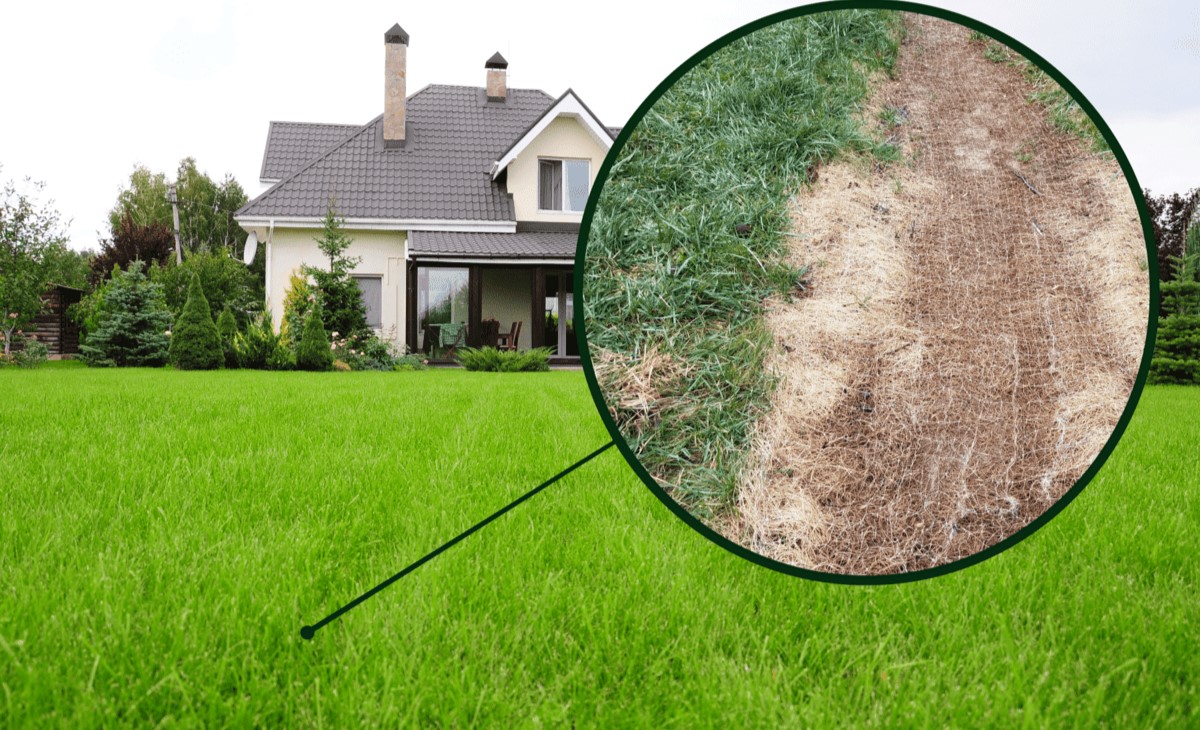
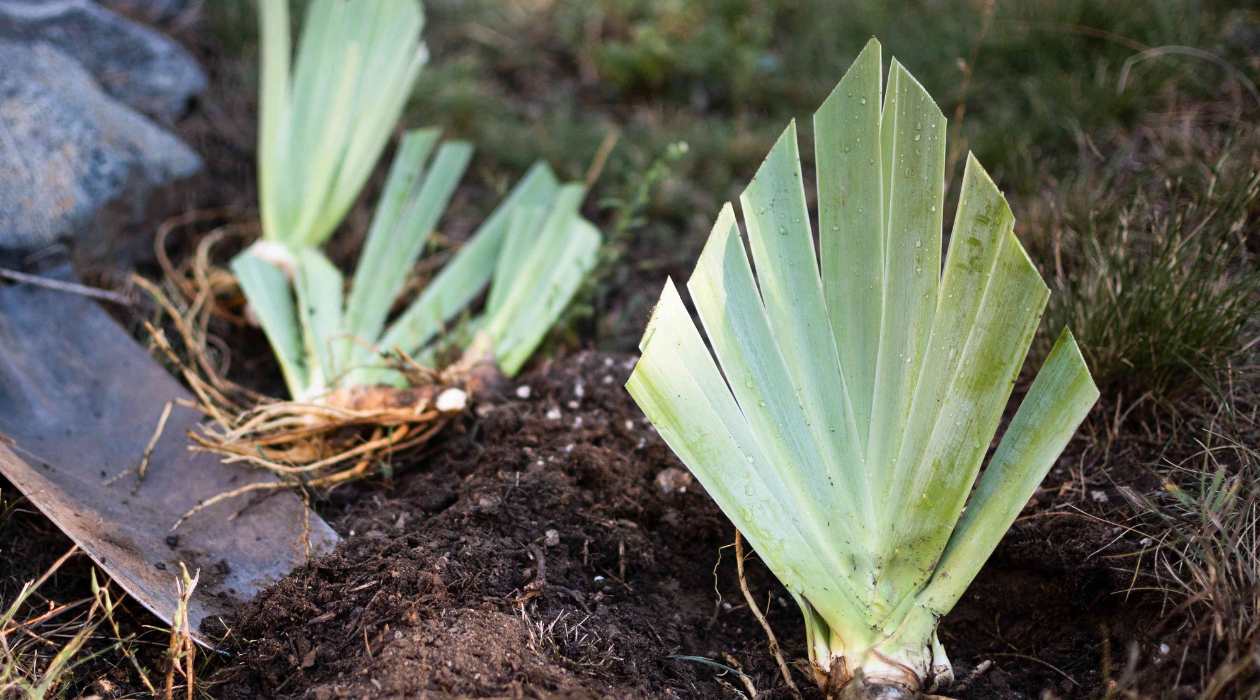
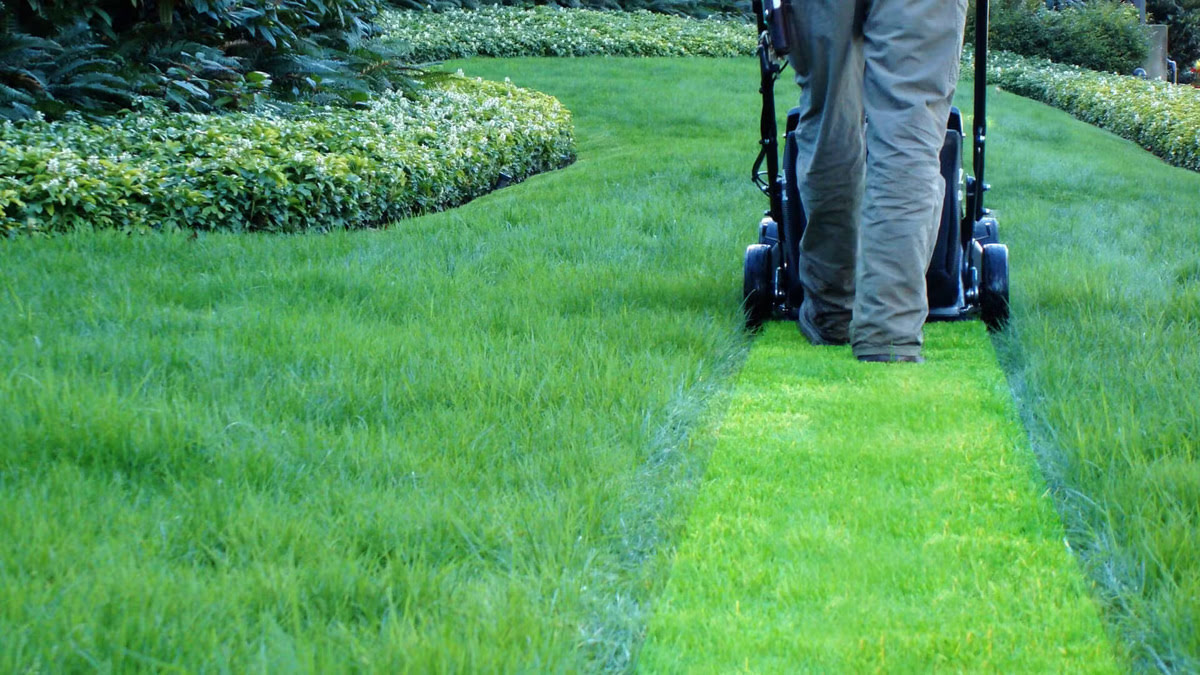
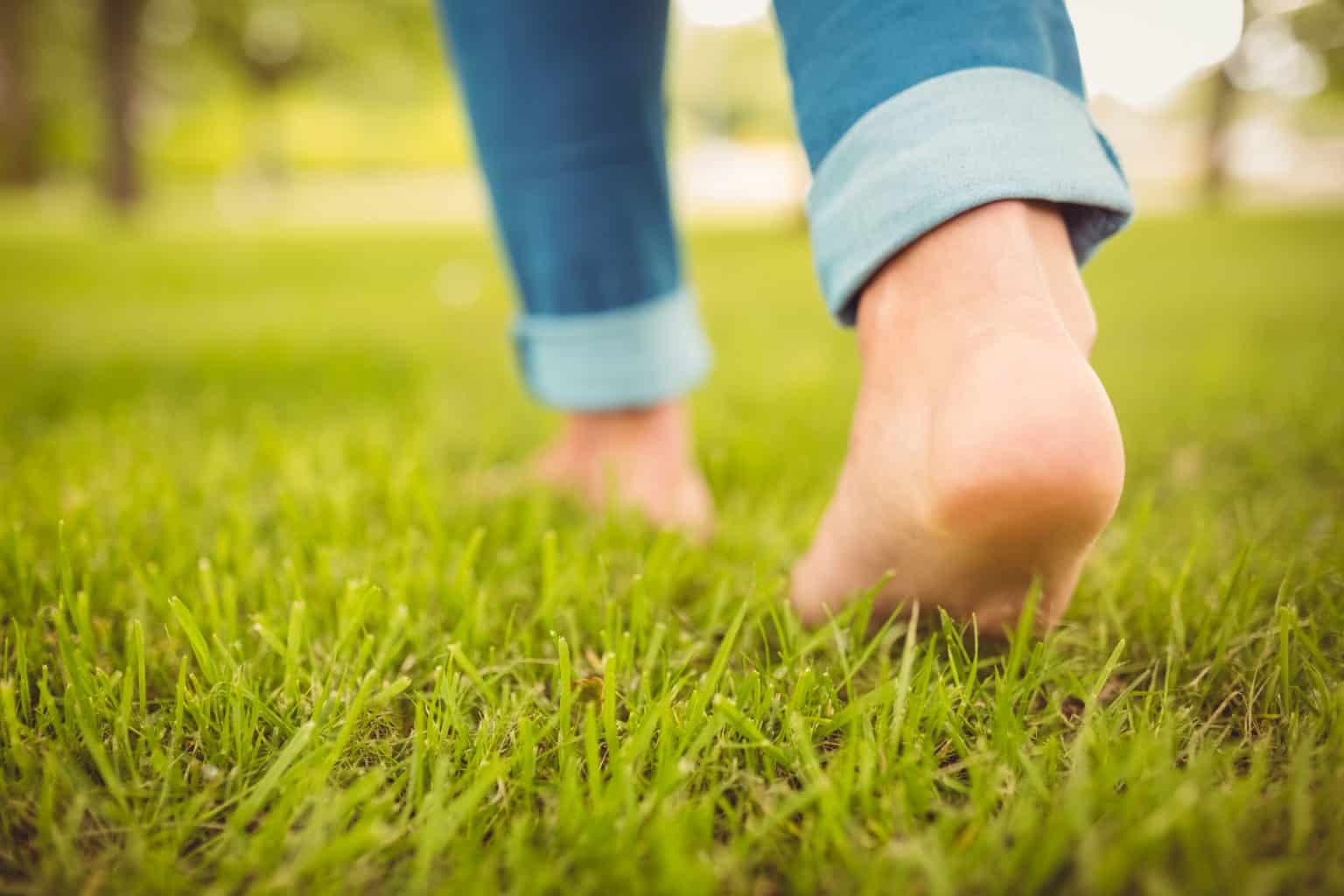
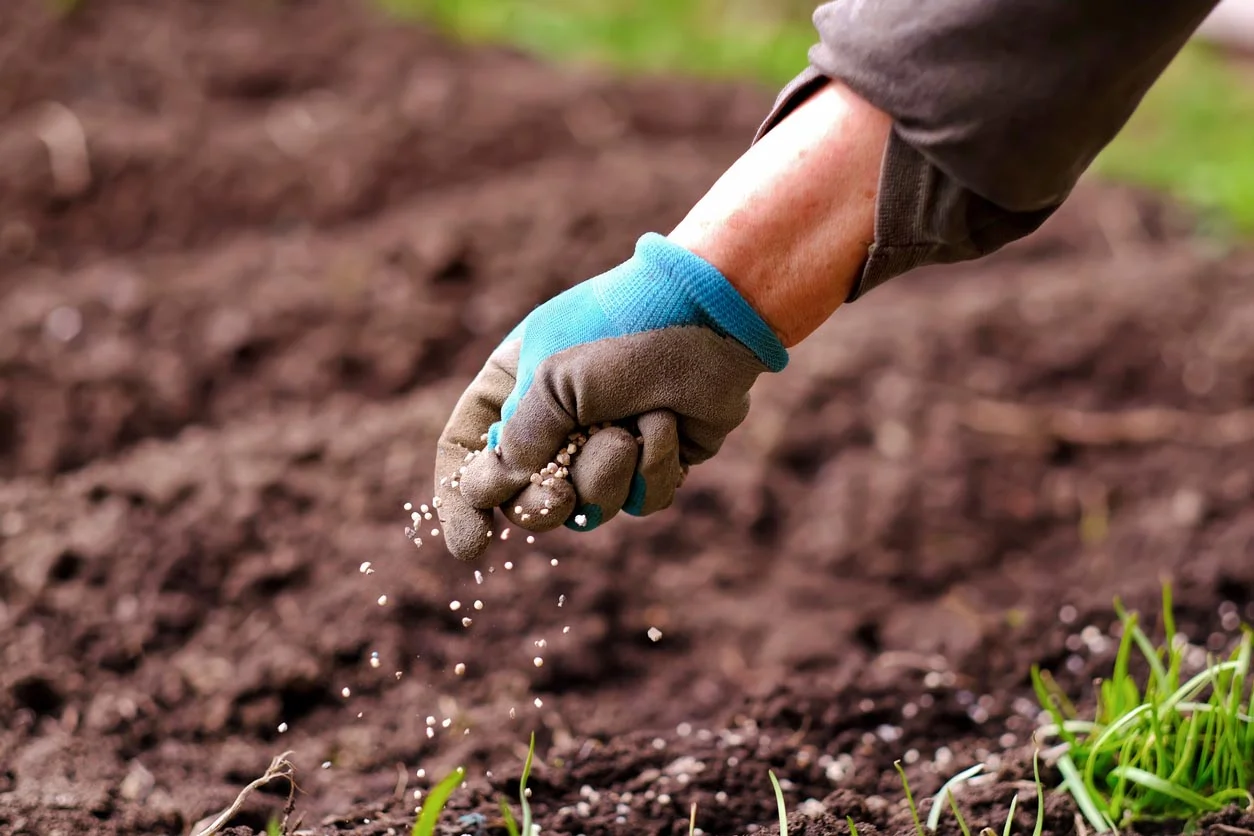
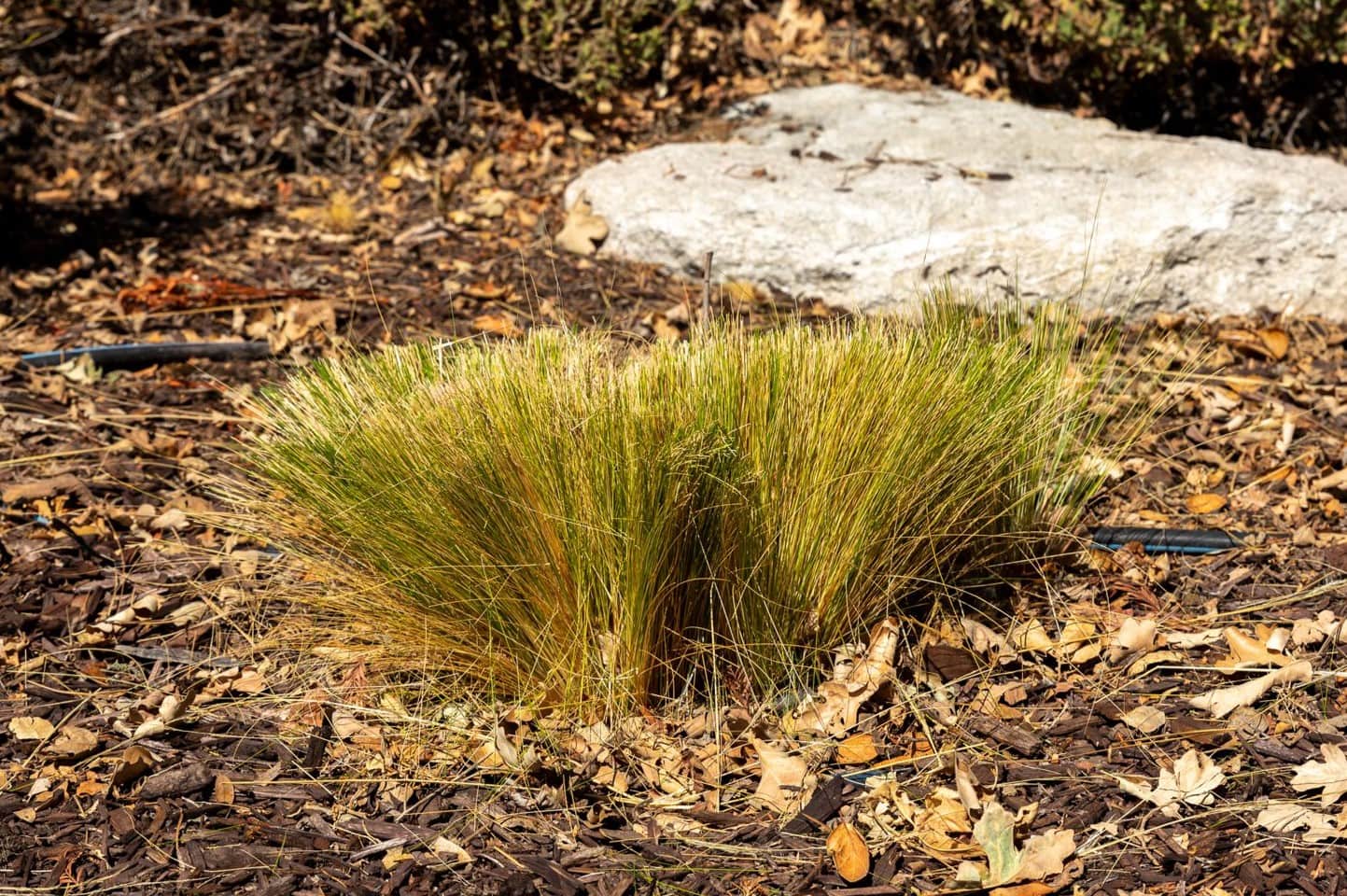
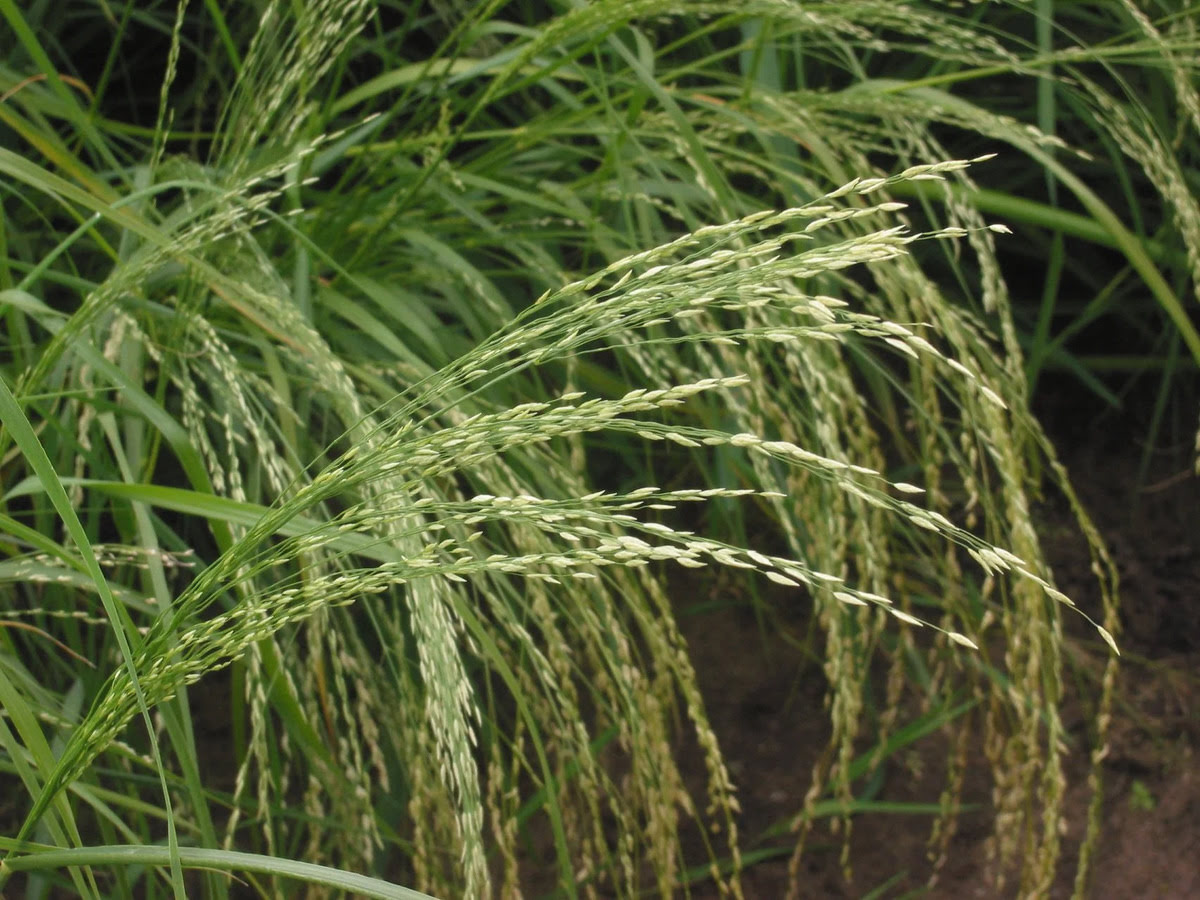
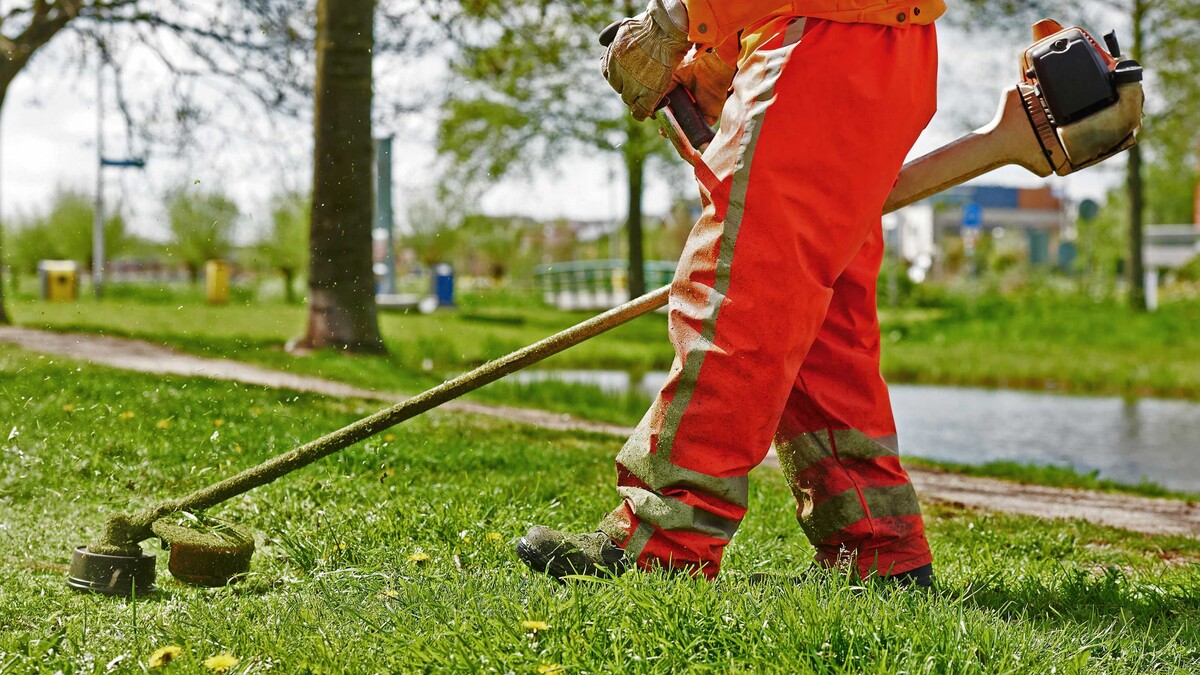
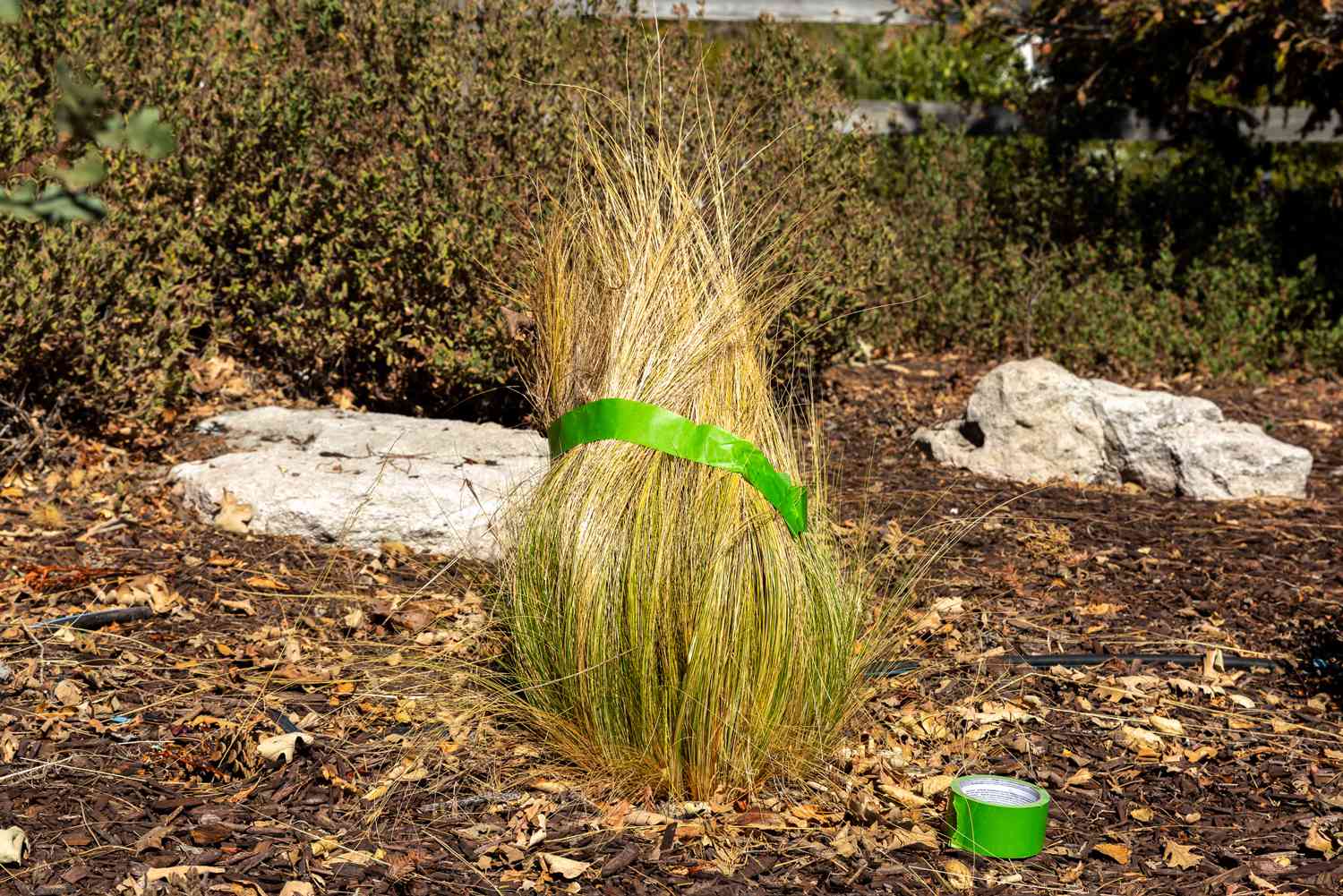
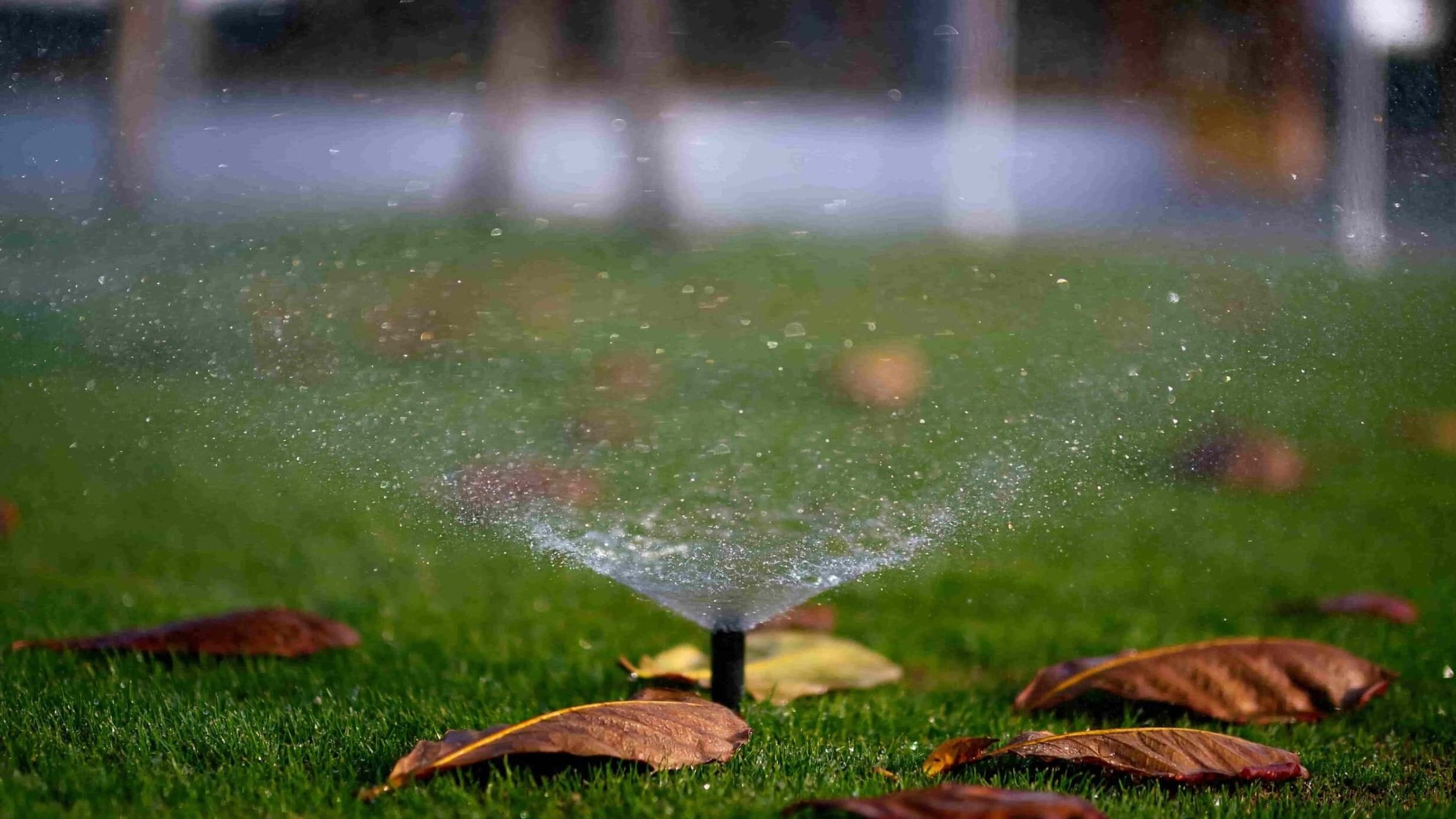
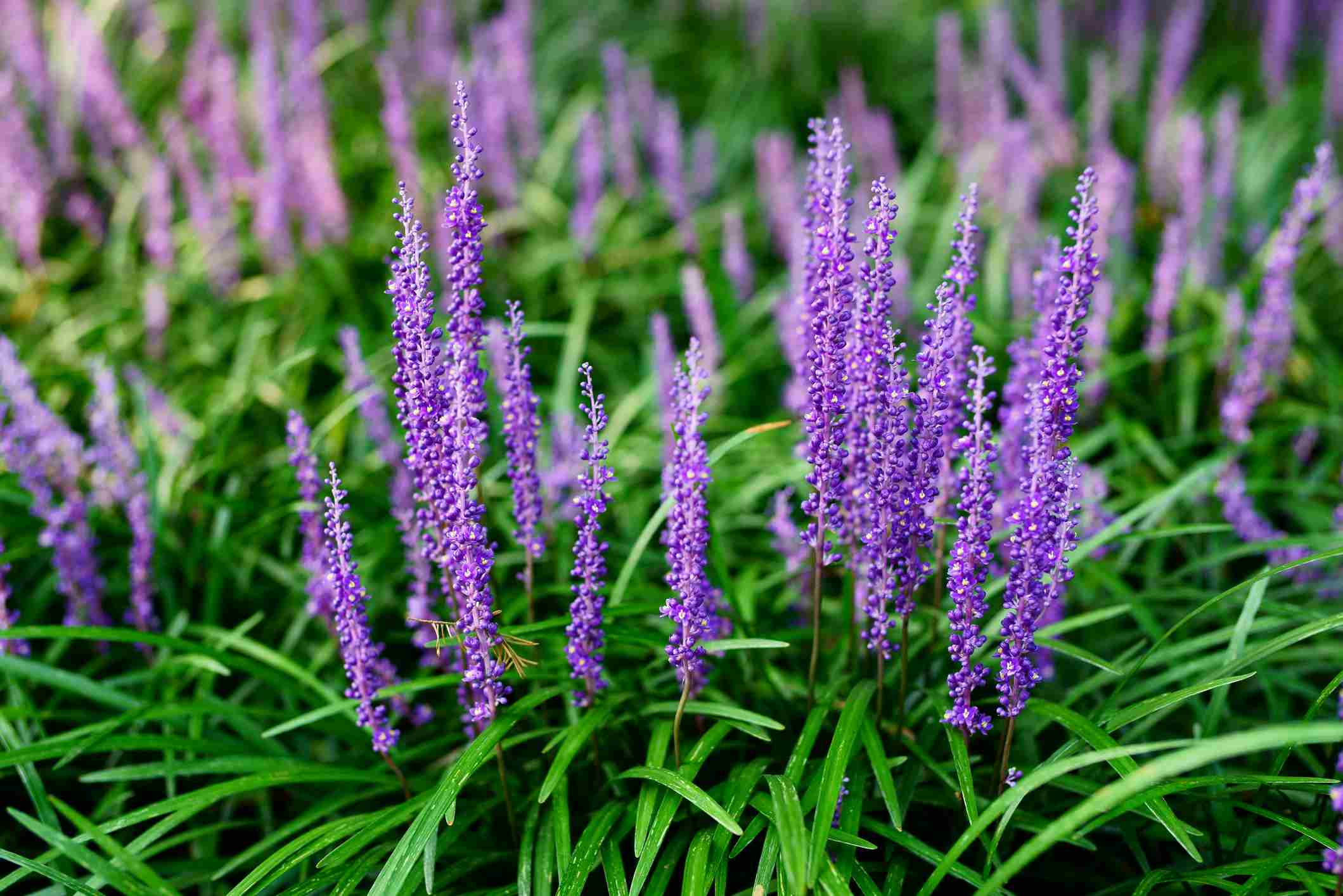
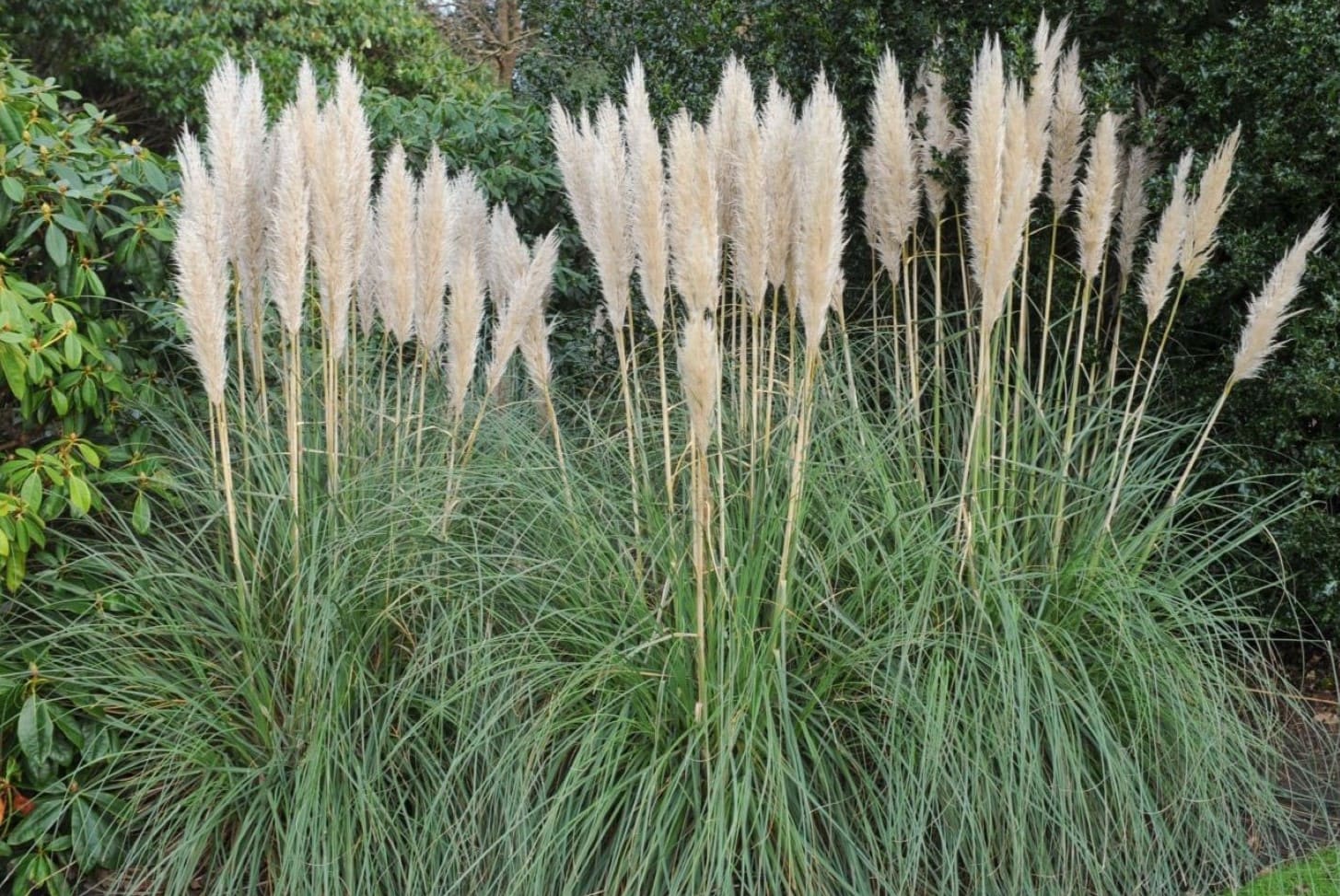
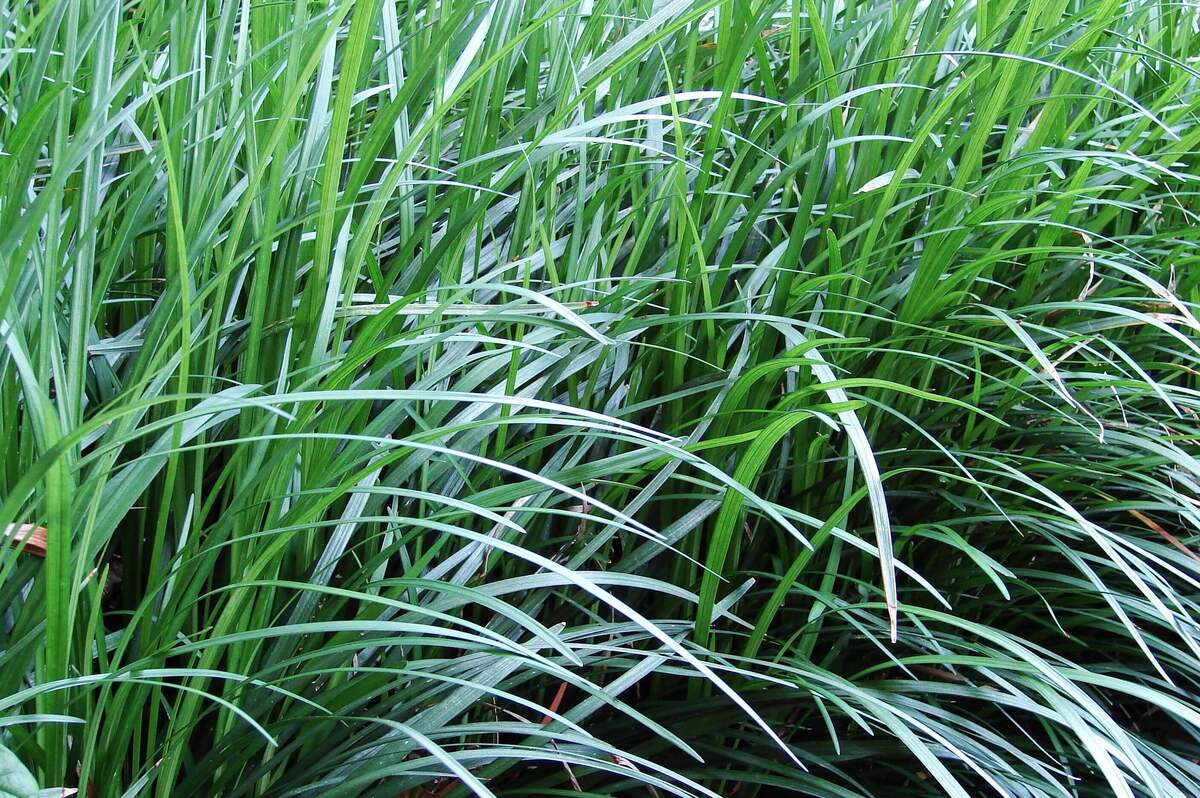

0 thoughts on “When To Cut New Grass Grown From Seed”